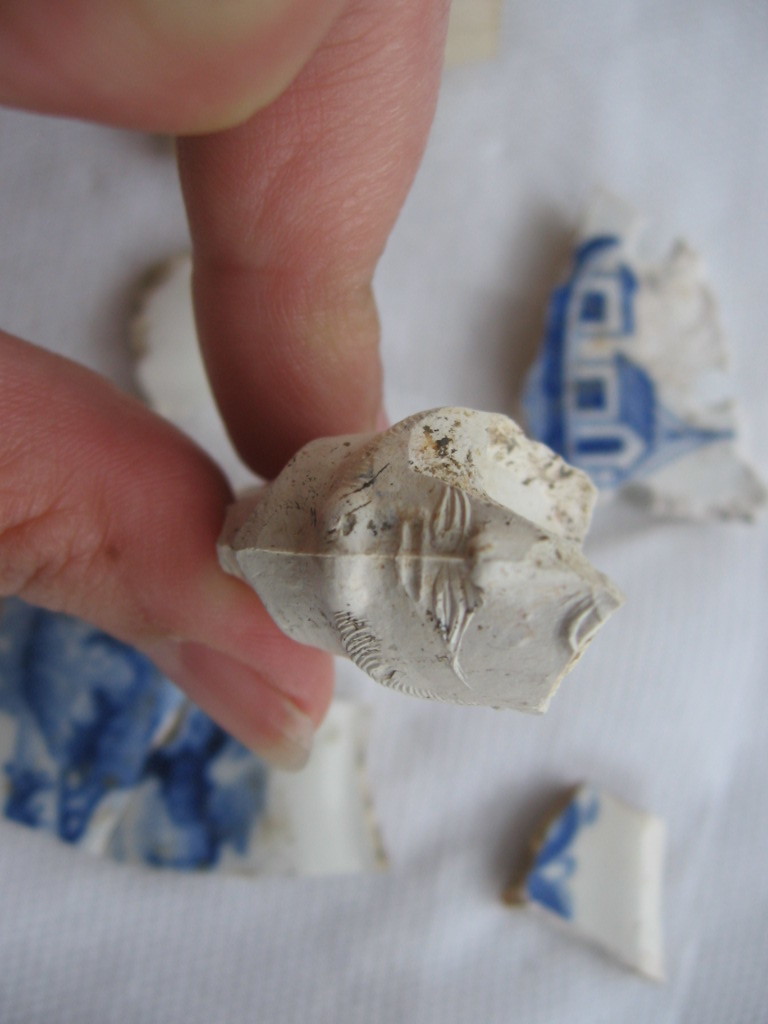The US has some very strange place names.
Bad Axe, Michigan: "While surveying the first state road through the Huron County wilderness in 1861, Rudolph Papst and George Willis Pack made camp at the future site of the city and found a much-used and badly damaged axe."
Climax, Minnesota: "The town briefly made national news in 2004 when school superintendent Shirley Moger refused to allow students to wear shirts bearing the town motto, "Climax - More than just a feeling"(..). The motto was picked following a contest. Some runner-ups in that contest were "No End to Climax," "Cling to the Culmination: Climax Forever" and "Bring a Friend to Climax.""
Cylinder, Iowa: "One story suggests that the name comes from a vehicle that passed over the creek and dropped a cylinder. "
Eclectic, Alabama: "Tradition has it that the town was named by a local resident who had taken an "eclectic" course of study at school and so named the town because of the various surrounding geographic areas."
Hell, Michigan: "After Michigan gained statehood, George Reeves was asked what he thought the town he helped settle should be called, and replied, "I don't care, you can name it Hell for all I care.""
Helper, Utah: "Trains traveling westward from the Price side to the Salt Lake City side of the plateau required additional "helper" engines in order to make the steep 15 mile climb up Price Canyon to the town of Soldier Summit. Helper was named after these helper engines."
Hygiene, Colorado: "This community's name stems from a time when it had a sanitarium to work with tuberculosis patients."
Man, West Virginia: "The name of the town is believed to have come from the last syllable of the name of Ulysses Hinchman, who was a member of the West Virginia House of Delegates."
Micro, North Carolina: "According to the United States Census Bureau, the town has a total area of 0.4 square miles (1.1 km²), all of it land."
Muleshoe, Texas: "It is home to the National Mule Memorial. The mule is celebrated for his strength and sparse eating habits, traits which endeared him to the pioneers. In war, the mule carried cannon; in peace, he hauled freight. His small hooves allowed him to scale rocky areas."
Peculiar, Missouri: "The story goes that the annoyed Thomson wrote to the Postmaster General himself to complain saying, among other things, "We don't care what name you give us so long as it is sort of 'peculiar'," (with "peculiar" in quotation marks)."
Pillager, Minnesota: No word on whether the name relates to the Scandi-Viking stock of Minnesota's inhabitants, but "Minnesota State Highway 210 and County 1 are two of the main routes in the community."
Truth Or Consequences, New Mexico: "it took the name of a popular radio program in 1950, when Truth or Consequences host Ralph Edwards announced that he would do the program from the first town that renamed itself after the show."
Going through Wikipedia (as I did), I could not help but noticing major naming trends: Independence, Liberty and Union were three very, very popular names. Naming your town after presidents or the founding fathers was also common. You get many, many places named after geographical features or local animals. Interestingly, people also seemed to name their settlements after early 19th C thinkers such as Humboldt and, ahem, Byron or Greco-Roman philosophers or places. Homesick settlers were also quick to name their new homes after what they left behind (to the extend I'm tempted to do a US tour of Europe at some stage). Bold advertisement such as "Belleville" is less common, but you still get it.
But, honestly, who'd name a place after a dropped cylinder?
 Robert Cornelius.
This photo was taken in 1839 making it one of the earliest known self-portraits in the history of photography. I have looked at it often. He feels so alive, so human. It is a far cry from the stilted portraits which were to follow in the decades to come.
Robert Cornelius.
This photo was taken in 1839 making it one of the earliest known self-portraits in the history of photography. I have looked at it often. He feels so alive, so human. It is a far cry from the stilted portraits which were to follow in the decades to come.
 From left to right, going clockwise: Copenhagen pedestrian street (Fiolstræde) with secondhand booksellers, quirky fashion and a Japanese supermarket; typical Danish pedestrian street in
From left to right, going clockwise: Copenhagen pedestrian street (Fiolstræde) with secondhand booksellers, quirky fashion and a Japanese supermarket; typical Danish pedestrian street in  If you are in the Glasgow vicinity and stuck for what to do this bank holiday weekend, why not go down to Kelvingrove Museum? They have Living History visitors - including Joyce who would just love to show you her
If you are in the Glasgow vicinity and stuck for what to do this bank holiday weekend, why not go down to Kelvingrove Museum? They have Living History visitors - including Joyce who would just love to show you her  We have found more clay pipes by the Forth and Clyde Canal - here is one of the nicest pipes, if not exactly the most intact..
Notice also the rather interesting shards of china in the background. We've identified one piece with
We have found more clay pipes by the Forth and Clyde Canal - here is one of the nicest pipes, if not exactly the most intact..
Notice also the rather interesting shards of china in the background. We've identified one piece with